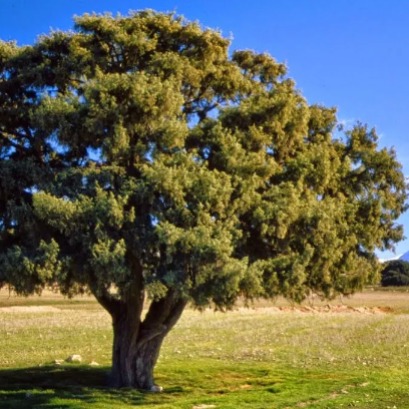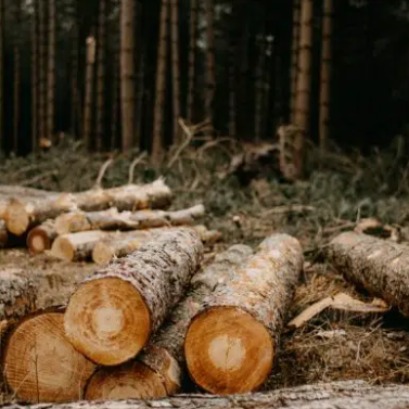
The incredible 47,000 -year -old tree who lived with mammoths and saber tigers
Thousands of years ago on planet Earth a tree lived next to mammoths and sabable tigers, scientific evidence proves its extinction for human activities.
Trees are essential from the formation of planet Earth. These provide essential resources, contribute to the ecological balance and play a crucial role in the health and quality of life of the communities. In the heart of the angels, the renowned tar wells of the break, famous for their megafauna fossils of the Pleistocene, have provided a significant find for the historical and climatic understanding of the region. We tell you about this tree with thousands of years on the planet Earth. The incredible 47,000 -year -old tree who lived with researchers have identified a kind of fossil juniper, the Juniperus Scopulorum, a tree that disappeared locally thousands of years ago. This discovery provides crucial information about climate evolution and offers valuable perspectives to face current environmental challenges. The study, published in New Phytologist, combines advanced techniques to trace the local extinction of this species of tree, which inhabited the area for approximately 47,000 years until its disappearance at the end of the Pleistocene. The extinction of this tree coincides with the loss of large mammals such as mammoths and tigers saber teeth, evidencing the joint influence of climate changes and human activities in the transformation of ecosystems. What does the disappearance of this tree mean? A pattern of alternation was identified between two species of junctions: Juniperus Californica, drought resistant, and Juniperus Scopulorum, sensitive to aridity and associated with more humid conditions. This dynamic reflects historical climatic fluctuations so far. Through detailed morphological analysis and electronic microscopy, the species was confirmed. Its extinction is attributed to the reduction of favorable habitats, the increase of natural fires and those caused by humans, to which the juniors are particularly vulnerable. This finding has important implications for current conservation, since modern junctions show signs of climate stress similar to those that led to the extinction of this tree. Understanding these historical processes can guide strategies to mitigate the effects of climate change in California ecosystems and related regions.
IT MAY INTEREST YOU
 The forestry industry will have a prominent presence at the XIV National Agribusiness Forum of LIDE Argentina
The forestry industry will have a prominent presence at the XIV National Agribusiness Forum of LIDE Argentina
LIDE Argentina announced the holding of the XIV National Agribusiness Forum, which will take place on Wednesday, October 29 at the Alvear Icon Hotel, in the City of Buenos Aires.
 Unprecedented Forest Crisis: with 8.1 million hectares destroyed, the goal of zero deforestation is in danger
Unprecedented Forest Crisis: with 8.1 million hectares destroyed, the goal of zero deforestation is in danger
A new report warns that the planet is experiencing an unprecedented forest crisis. In 2�24, forests suffered large-scale destruction with a permanent loss of almost 8.1 million hectares worldwide.
 Conicet launches a portal to build houses with less environmental impact
Conicet launches a portal to build houses with less environmental impact
Casa Conicet is the new platform that brings together scientific developments in construction, energy and bioclimatic design, with solutions designed for more sustainable homes throughout the country.





















